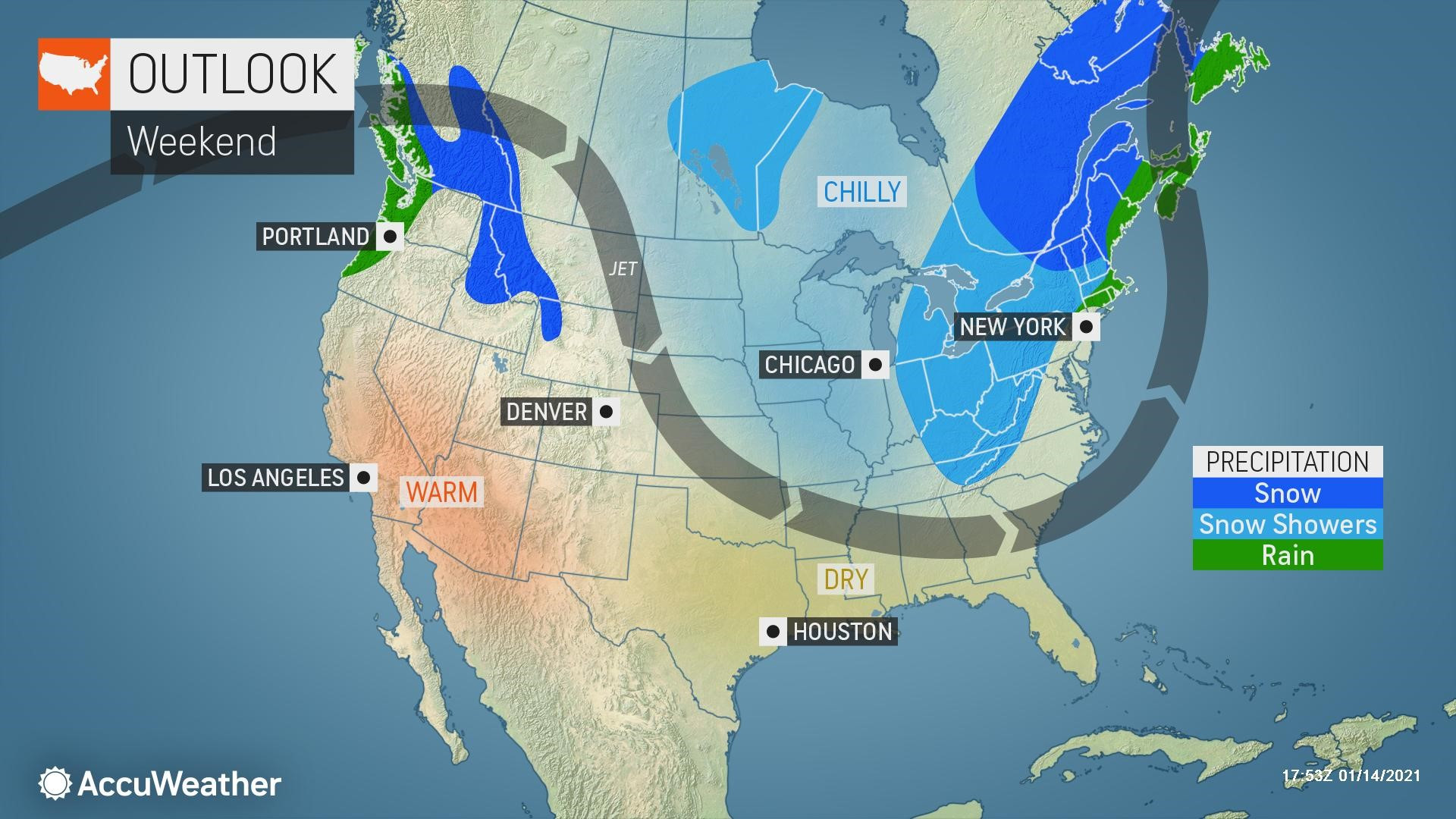Polar Vortex 2025: A Deep Freeze Sweeping North America
Winter’s chill is intensifying across North America, with a significant Arctic outbreak expected to bring dangerously low temperatures to parts of Canada and the United States. This frigid weather event is primarily driven by the polar vortex, a swirling mass of cold air high above the Arctic. The polar jet stream, a powerful atmospheric current, plays a crucial role in determining how far south this frigid air travels.
The Mechanics of a Polar Vortex Outbreak
The polar jet stream, a river of air circling the globe at high latitudes, usually keeps cold Arctic air contained to the north. However, when this jet stream meanders, it creates dips and curves, allowing frigid air to plunge southward. This is exactly what's happening now.
The Role of the Polar Vortex
The polar vortex itself is a large area of low pressure and very cold air surrounding both of the Earth's poles. It’s usually stable, spinning quietly over the Arctic. But disruptions, often linked to atmospheric waves over land and ocean, can cause it to weaken, slow down, or even split into two parts. This instability creates the ideal conditions for the polar jet stream to develop larger-than-normal meanders. When this happens, the polar vortex can bring extremely cold temperatures southward, leading to what's known as an 'Arctic blast'.
The Impact on North America
This significant Arctic outbreak is expected to bring some of the coldest temperatures seen in years across North America, affecting not only the usually cold northern regions but also spreading to more southern states. In Canada, the Prairies and Ontario are bracing for temperatures feeling as low as -40°C due to wind chill. Even southern and eastern regions of Ontario will experience remarkably low temperatures, with Toronto potentially seeing overnight lows of -18°C and wind chills in the -20s. The Arctic air is set to sweep across the continent, with the impact extending even as far south as north Mexico and the Eastern Seaboard of the US.
The severity and duration of this cold snap are a matter of concern, prompting warnings about the dangers of frostbite and hypothermia. Authorities strongly advise people to dress warmly in layers, limit time outdoors, and check on vulnerable populations.
Understanding the Unpredictability of the Polar Vortex
The intensity and exact path of the polar vortex are difficult to predict with complete accuracy. While climate change is influencing global weather patterns, its direct impact on the frequency of polar vortex disruptions is still an area of active scientific research. Some scientists, like Judah Cohen, associate the increased frequency of extreme cold snaps since 2000 with Arctic warming and the changes in atmospheric conditions it produces. The situation underscores the complexity of weather forecasting and the ongoing work to understand the effects of climate change on extreme weather events.
A Look at the Southern Hemisphere
Interestingly, while the Southern Hemisphere also has a polar vortex, it doesn't experience the same level of disruption. This difference may stem from the distinct geographical features of the two poles. Antarctica's landmass surrounded by ocean is a stark contrast to the Arctic, which is surrounded by landmasses. This difference in atmospheric behavior is thought to contribute to the instability and meandering of the Northern Hemisphere’s polar vortex.
The Future of Arctic Blasts
While milder winters have been the overall trend in recent decades, the increasing occurrence of these severe cold spells raises questions about the long-term implications of climate change. Though it's established that winters are becoming generally milder, there is ongoing scientific discussion about the extent to which climate change is affecting the frequency and intensity of polar vortex disruptions. The long-term effect on these events and their relationship with warming Arctic temperatures continues to be the subject of focused research, with scientists using sophisticated climate models to try and better understand future trends. This current Arctic blast underscores the unpredictable nature of weather phenomena and the importance of continuous monitoring and research.
It’s crucial to stay informed about weather updates and heed safety advice to stay protected during this extreme cold event. The interplay between the polar vortex and the polar jet stream highlights the complexities of our planet’s weather systems, offering a reminder of how interconnected our global climate is and the challenges associated with predicting extreme weather. This continues to be a focus of significant scientific inquiry, and only through ongoing research can we improve our ability to understand and prepare for these types of events.
The intense cold expected in the coming days serves as a stark reminder of winter's power and the importance of being prepared for unexpected weather events. Stay safe and warm.

















